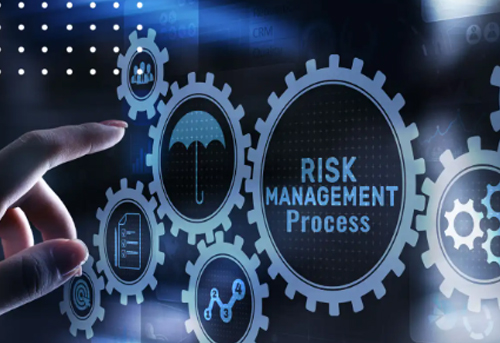
A Risk Assessment is a process used to identify, evaluate, and manage potential risks that could negatively affect an organization's ability to achieve its objectives. It is crucial for decision-making, ensuring that risks are properly controlled, mitigated, or accepted. Risk assessments are commonly used in areas like health and safety, cybersecurity, finance, project management, and business continuity planning.
Here's a general outline of the risk assessment process:
1. Identify Risks
Hazard Identification: Determine potential hazards that could cause harm or loss. This could include physical, financial, reputational, or technological risks, among others.
Context Analysis: Understand the environment in which risks could arise, such as regulatory changes, market shifts, or internal operational factors.
2. Evaluate the Risks
Likelihood Assessment: Estimate how likely it is that each risk will occur. This could be expressed in terms of probability (e.g., high, medium, low).
Impact Assessment: Determine the potential severity of the risk if it does occur. The impact could be financial, operational, legal, or reputational.
Risk Rating: Combine the likelihood and impact to prioritize the risks. A risk matrix can be used here, typically categorizing risks as low, medium, or high.
3. Control and Mitigation Measures
Mitigative Controls: Plan for measures to minimize the impact if the risk does occur. For example, this could include disaster recovery plans, insurance, or contingency strategies.
Risk Avoidance: In some cases, risks can be avoided by eliminating the activity or condition that causes the risk.
Risk Transfer: Certain risks can be transferred to a third party, such as through outsourcing, insurance, or contractual arrangements.
4. Document the Risk Assessment
Risk Register: This document should detail each identified risk, its likelihood, impact, and any controls or mitigation strategies in place.
Action Plan: Define the actions required to manage each risk, assigning responsibilities, timelines, and resources.
5. Monitor and Review
Ongoing Monitoring: Continuously monitor risks and controls to ensure they remain effective. This may involve regular risk assessments, audits, or reviews.
Feedback and Updates: Update the risk assessment when new risks are identified or if the situation changes (e.g., new legislation, technological advances).
Types of Risk Assessments
Qualitative Risk Assessment: This is a subjective approach based on the judgment of experts. Risks are assessed based on descriptions rather than numerical data.
Quantitative Risk Assessment: Uses numerical data, probability distributions, and statistical methods to assess risk. It's more precise but may require more data.
Scenario-Based Risk Assessment: Involves analyzing specific scenarios or "what-if" situations, often used in business continuity planning or disaster recovery planning.
Common Areas for Risk Assessments
Health and Safety: To ensure a safe working environment and minimize accidents or health issues.
Cybersecurity: Identifying potential threats to digital infrastructure, such as hacking, data breaches, or ransomware attacks.
Project Management: Identifying risks to a project timeline, budget, or objectives (e.g., scope creep, resource shortages).
Financial Risk: Assessing risks such as market fluctuations, credit risk, or liquidity risks.
Regulatory Compliance: Assessing risks associated with non-compliance with laws or regulations, which could lead to legal action, fines, or reputational damage.